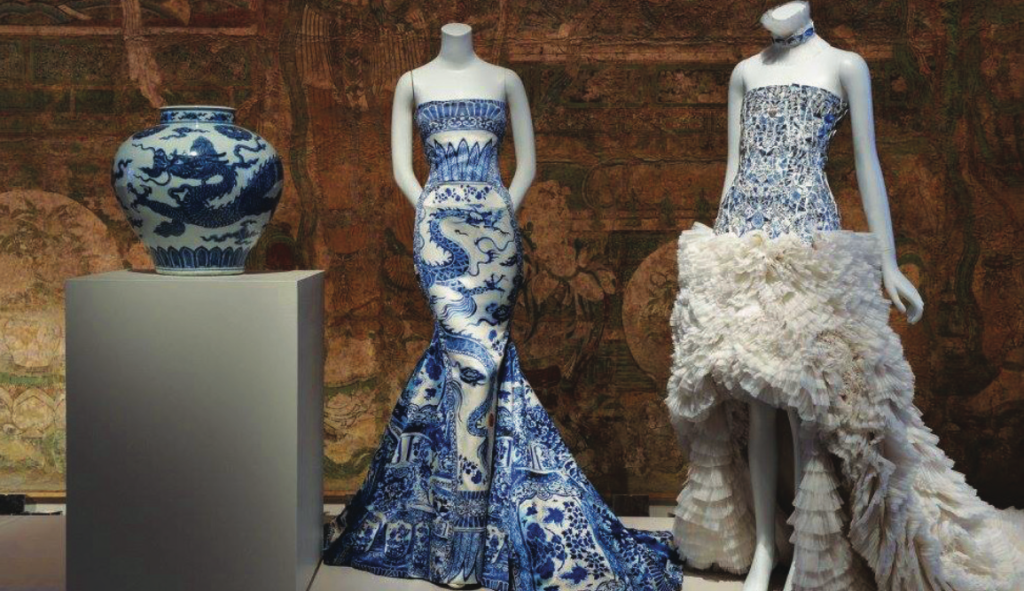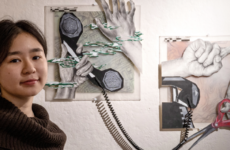Since the very start of Chinese history, fashion has always demonstrated the various changes the country has undergone. From the traditional Da Xiu Shan (meaning “Big Sleeved Dress”) of the Tang Dynasty to the widespread black color of the Han Dynasty, every era in China brought about a new style that subsequently fell at the end of that empire. Nevertheless, the bright colors, fun shapes, and bold patterns of each epoch make it impossible to confuse China’s fashion with any other.
After the fall of the Qing Dynasty and the start of Mao Zedong’s rule, style changed like never before. With the communist ideal of equality in mind, a national dress became required amongst the entire Chinese population to ensure fairness. To exemplify the drastic change in government, the outfit worn by men and political figures at that time is remembered today as the “Mao suit.” This dress consisted of a high necked grey long-sleeved jacket and four large pockets. Contrary to China’s history, this uniform had no diversity, color, or excitement apart from the widely known red communist star often seen on hats. Recently, this long standing trend has faded.
It is interesting to notice the western world’s style parallel after these years of communism. As portrayed in last year’s exhibit at the Metropolitan Museum of Art “China Through the Looking Glass”, both today and in the late 20th century Chinese fashion was at the forefront of style. Chinese patterns and silhouettes immensely influenced American and European designers. In the ’80s, although no longer obliged to wear certain things, the Chinese population was not exposed to the West and thus, developed a unique style. Vice versa, this was not the case. Chinese fashion began to have a huge influence on Europe. In 1978, one of the world’s most well known French designers, Yves Saint Laurent, made a line of clothing inspired by Chinese fashion, borrowing classical floral patterns and materials such as silk to portray the old style with a modern twist. While the stereotypically known Chinese style was put on hold after the fall of the Qing Dynasty in 1912, the West began appropriating the looks and incorporating them into its own.
Today, at a time in which China has opened itself up to the rest of the world and is progressing alongside other countries, what has happened to the classic idea of ancient Chinese fashion? Although not often represented on men and women today, the well known style has evolved in an intriguing direction. To me, the most striking difference between a typical Chinese dress thousands of years ago and now is its cut. Throughout the course of history, the basic dress has not only become more and more slimming on the female body, but also shorter on the leg. These differences are widely viewed as Westernized, but contrary to this belief, the changes truly developed on their own in China.
In recent history, alterations in Chinese fashion have been more in sync with the rest of the world than ever. The impact of new Chinese style exceeds the boundaries of the country itself, influencing designers from countries such as France and the United States.





